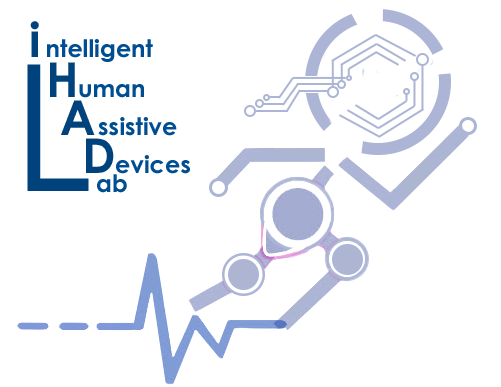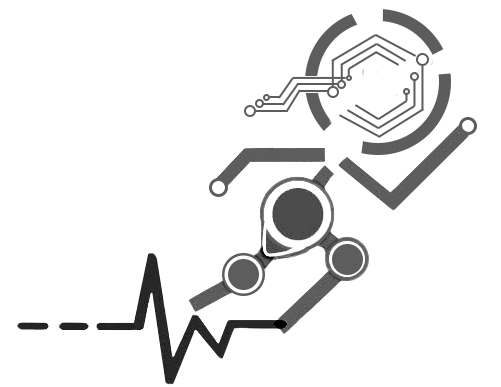Predict Knee Kinematics During Stationary Cycling via Machine Learning Regression Models
To improve athletes’ performance and prevent injuries, an understanding of the kinematics of lower limbs is becoming increasingly important in rehabilitating lower extremities with cycling ergometer, particularly the hip and knee joints. Motion capture system is a common method for motion studies, however, it requires complex and expensive equipment, which is limited to the laboratory environment, might face some difficulties in finding some hidden trajectories, and are typically expensive and time-consuming. The purpose of this study is to integrate machine learning and deep learning methods with data from a motion capture system to develop a model that can predict where markers will be placed on the hips and knees on the basis of an individual’s anthropometric information and the cycling device dimensions.This study contributes significantly to biomechanical study of knee joint, offering a potential integration of predictive models and real-time monitoring of knee joint kinematics during cycling exercise with stationary ergometers. Improving and optimizing the proposed method will pave the road for developing efficient and cost-effective methods for conducting kinematics analyses. Download PDF Version

